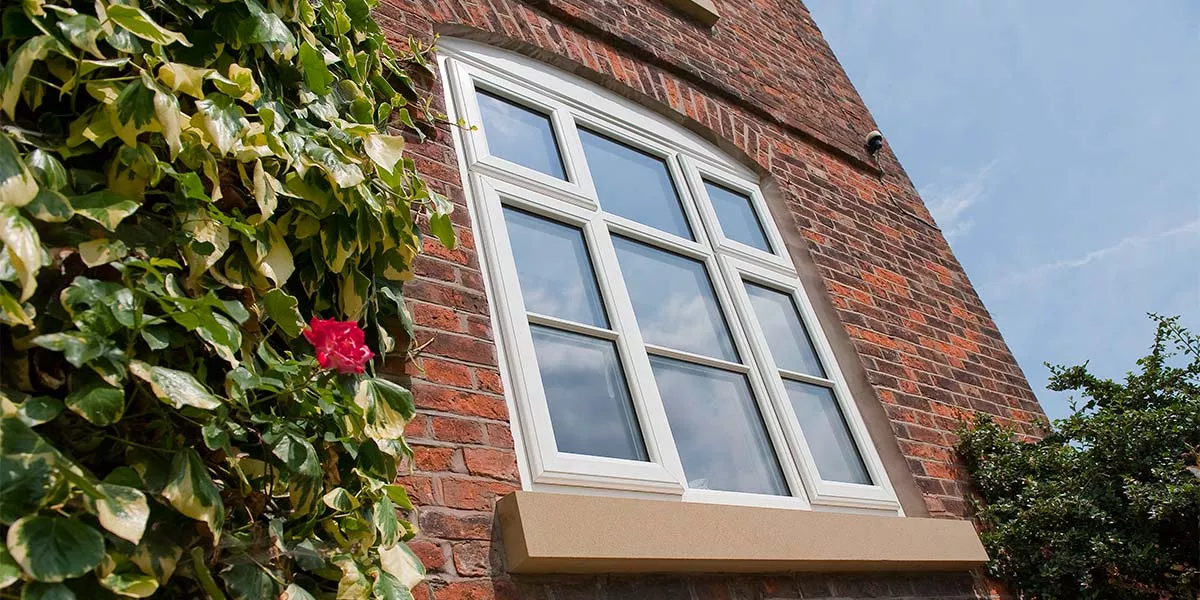Once you start getting internal condensation on your windows, it reappears most mornings during the winter months.

Standing back and doing nothing about it can eventually lead to some serious issues, namely a build-up of mould and damp. This doesn’t just look unsightly, but it can also affect your health and cause structural damage.
Before we go into how you can stop it from happening, we’ll firstly give you some understanding of why it happens.
It occurs for one of two reasons. Either due to a high amount of humidity indoors or warm air colliding with the cold surface of the glass.
Excess humidity in the home is down to a lack of ventilation. When you take a hot shower, use your cooker or dry your clothes and there’s insufficient ventilation, there is nowhere for the moisture generated to escape.
In winter, there’s so much warm air in our homes, and you’re hardly likely to open your windows to let it out when it’s so cold outside, which is why condensation is so common at this time of year.
Getting adequate ventilation is one way of solving condensation.
Install an extractor fan in the kitchen and bathroom and add structural ventilation to the building e.g. vents.
The other solution is to replace your old single-glazed windows for energy efficient double-glazed windows.
Double-glazed windows have a warmer external surface than single-glazed windows, so you’re unlikely to see any external condensation. What you may experience with them though is some internal condensation.
Please don’t be perturbed by this! It is quite normal during the months of March and October, when the dew point is at its highest and there are significant temperature shifts. Believe it or not, it shows that they’re working perfectly, and any way, the condensation will soon disappear once it meets some sunlight and a fresh breeze.
There’s a lot more to be said about condensation, which is why 5 Star has created a Helpful Guide to condensation for all our customers.
You can get a FREE copy of it here.